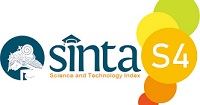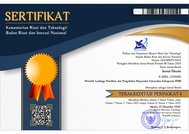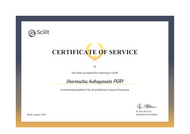| Focus and Scope |
| Editorial Team |
| Reviewers |
| Peer Review Process |
| Open Access Statement |
| Publication Ethics |
| Author Guidelines |
| Integrity Pact |
| Copyright Notice |
| License Terms |
| Publication Frequency |
| Article Publication and Waiver Charge |
| Abstracting and Indexing |
| Journal History |
| Contact Us |
| Submission Preparation |










